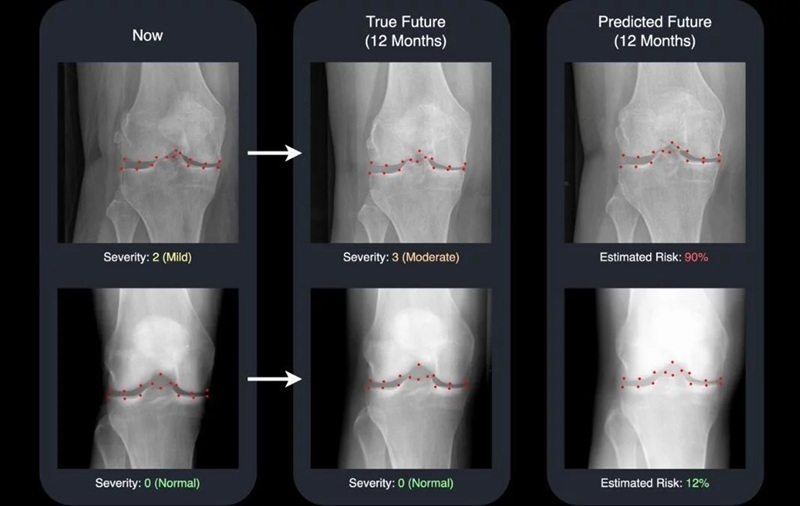Digital Breast Tomsynthesis System Receives Approval
By MedImaging International staff writers
Posted on 28 Oct 2014
New digital tomosynthesis breast imaging technology allows radiologists to look through a mammographic “book, one page at a time.” Clinical trials have demonstrated that the elimination of tissue superimposition can reveal tumors hidden on traditional mammograms and reduces false-positive readings. Posted on 28 Oct 2014
The digital mammography system developed based on concepts originally evaluated at Massachusetts General Hospital (MGH; Boston, MA, USA) has been approved by the US Food and Drug Administration (FDA). GE Healthcare (Chalfont St. Giles, UK) received approval to market the SenoClaire digital breast tomosynthesis system, which is based on patented technology licensed from the MGH and developed under the leadership of Daniel B. Kopans, MD, founder and senior radiologist in the breast imaging division of the MGH department of radiology.

Image: SenoClaire digital breast tomosynthesis system, which is based on patented technology licensed from Massachusetts General Hospital (Photo courtesy of GE Healthcare).
Soon after wide-spread screening mammography was introduced in the mid-1980s, Dr. Kopans noted, US death rates from breast cancer, which had remained the same for more than 40 years, began to decline. However, the limitations of conventional mammography lessen its ability to find all tumors while avoiding false-positive readings. “A conventional mammogram presents the radiologist with an image that is like a book with transparent pages,” he explained. “You can hold that book up to the light and look through it, but the words are superimposed on each other, providing an image that can be confusing. Sometimes cancers can be hidden by normal tissues, and at other times normal tissues superimposed on top of each other give the false appearance of a tumor, requiring patients to be recalled for further screening.”
Dr. Kopans originally proposed applying a theoretical technique called tomosynthesis, the construction of a three-dimensional (3D) image from digital readings taken at many different tissue depths, to the drawback of superimposition in 1978, but the digital image detectors and computers required to construct such images were not available until the 1990s.
“This is an exciting time in breast imaging,” stated Dr. Kopans, who is a professor of radiology at Harvard Medical School (Boston, MA, USA). “Conventional mammography, even with its limitations, has helped to dramatically reduce deaths from breast cancer. The availability of digital breast tomosynthesis should help to drive breast cancer deaths down even further, and this FDA approval should make the technology available to more and more woman. We all hope for ways to totally prevent or cure breast cancer, but until such methods are available, we will continue working to find more ways to save the lives of patients with breast cancer.”
Related Links:
Massachusetts General Hospital
GE Healthcare














